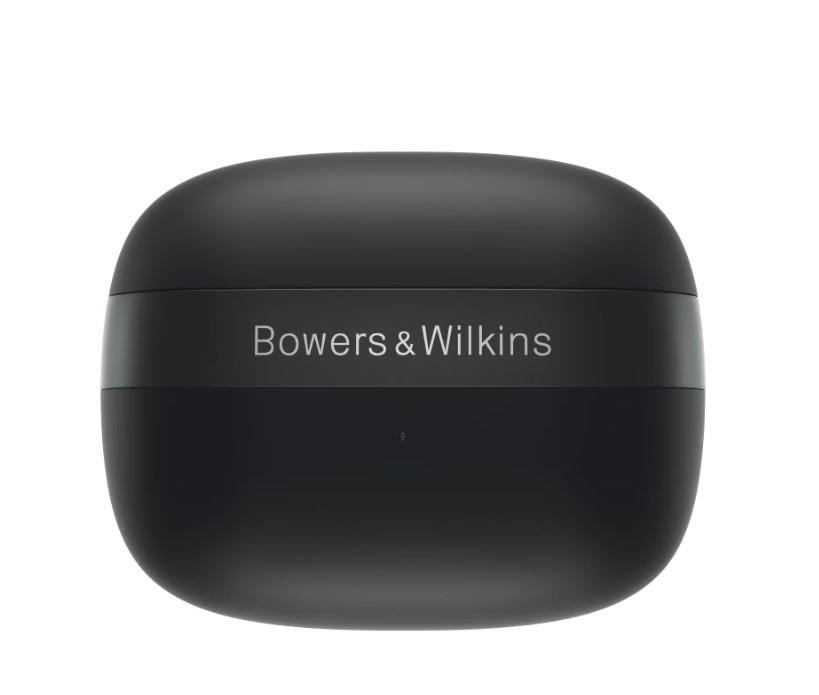The Bowers & Wilkins Pi8 earbuds set a high bar for audio performance but come with a price tag that might make some think twice. Priced at $399, these earbuds aim to deliver a superior listening experience but face tough competition from more feature-rich rivals.
A New Look with Subtle Improvements
The Pi8 introduces a revamped design that’s both elegant and functional. Gone are the angular edges of its predecessor, replaced by a sleek, oval-shaped shell. The design includes a unique microphone grill that spans the width of the earbuds, blending practicality with style. These details give the Pi8 a polished aesthetic while maintaining the tactile functionality of taps and presses for playback and calls.
Under the hood, Bowers & Wilkins has made significant updates to the sound system. The Pi8 features 12mm carbon cone drivers, replacing the 9.2mm drivers found in the previous Pi7 S2 model. Paired with 32-bit digital signal processing (up from 24-bit), the earbuds support aptX Lossless audio for even greater fidelity. These upgrades translate into remarkable clarity, with high frequencies and fine details standing out more than ever.
But what do these enhancements really mean for the listener? Instruments like guitars and vocals come alive with a clarity that feels intimate and layered. The Pi8 excels in creating an immersive soundscape, making every beat, riff, and lyric distinct. Even bass-heavy tracks maintain balance, with drums and vocals clearly defined instead of being drowned out by low-end frequencies.

Performance That Comes at a Price
Let’s address the elephant in the room: the price. At $399, the Pi8 is significantly more expensive than competitors like Sony’s WF-1000XM5, which launched at $300 and now often retail for $200. For that extra cost, Bowers & Wilkins offers superior audio quality—but not much else.
The Pi8’s active noise cancellation (ANC), for instance, is merely adequate. It struggles with constant background noises like fans or white noise machines, and human voices aren’t effectively blocked unless you crank up the volume. While ANC is serviceable for everyday use, it falls short of competitors like Bose or Sony, whose noise-canceling technology leads the pack.
And then there are the missing features. The Pi8 sticks to the basics, offering no groundbreaking innovations like automatic speech detection or location-based sound adjustments. While it includes a 5-band EQ for sound customization, the lack of advanced features makes it hard to justify the premium price tag. Customizing controls is limited, forcing users to choose between noise-canceling mode switches and volume adjustments—an unnecessary compromise at this price point.
The Good, the Great, and the Not-So-Great
Bowers & Wilkins got several things right with the Pi8, but there’s still room for improvement. Here’s a breakdown of the key takeaways:
- Audio Quality: The Pi8’s sound is among the best in its class. From enhanced bass to crisp high frequencies, the earbuds excel in creating a nuanced and detailed listening experience.
- Battery Life: The 6.5-hour battery life with ANC enabled is a step up from the Pi7 S2 and brings it closer to competitors like Sony. While not industry-leading, it’s a noticeable improvement.
- Design and Build: The refined aesthetic is both stylish and functional, with a focus on comfort and ease of use. The wireless transmission feature in the charging case is a nice bonus for situations like in-flight entertainment.
However, the Pi8 also has notable downsides:
- Price: At $399, these earbuds are a significant investment, especially given their limited features compared to competitors.
- ANC Performance: Noise cancellation feels more like noise reduction, lacking the effectiveness of similarly priced rivals.
- Feature Set: The absence of advanced features like adaptive sound control and speech detection limits the earbuds’ versatility.
A Strong Showing, but Not a Knockout
Bowers & Wilkins continues to shine in audio quality, with the Pi8 delivering a listening experience that rivals the best in the business. These earbuds are a testament to the company’s dedication to sound innovation, offering a level of clarity and immersion that few can match.
However, the Pi8 is not without its flaws. For $399, buyers expect more than excellent sound—they want a comprehensive package with robust noise cancellation, customizable controls, and smart features. On these fronts, the Pi8 falls short, making it a hard sell for anyone who values convenience as much as sound quality.
In the end, the Pi8 is perfect for audiophiles who prioritize sound above all else. But for most users, the high price and limited features might make competitors like Sony or Bose a better choice. Bowers & Wilkins has proven it can compete in the audio space, but closing the gap in features and functionality will be essential for future success.
